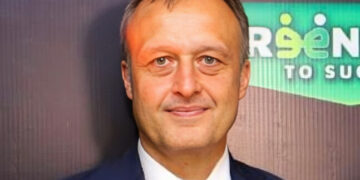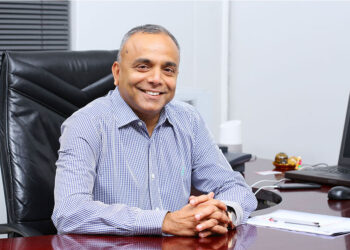- Tsaone Segaetsho
In his first official address, Vice President and Finance Minister Ndaba Gaolathe discussed the previous administration’s Integrated Resource Plan, which targeted 30% renewable energy by 2030 and 50% by 2036. Gaolathe confidently announced on Wednesday that the new government intends to surpass this target in a significantly shorter time frame.
“As the incoming government, we are setting our sights even higher,” Gaolatlhe stated. “I won’t specify percentages, but we are aiming beyond previous ambitions, because our people envision more.”
Gaolathe highlighted Botswana’s immense solar potential, noting that the country ranks third globally for solar radiation exposure, with approximately 3,200 hours of sunshine annually. “With this resource, there is no reason Botswana cannot become a hub for solar-generated power,” he asserted.
“Everyone knows that Botswana has committed to reducing its carbon footprint by 15% by 2030. Yet, we aspire to even more. That said, as a small, developing nation, we need some flexibility to build our economy to a stage where we can uphold ambitious carbon commitments,” he remarked.
Gaolathe also emphasised his government’s commitment to significant advancements through research and development, particularly in the fields of science and renewable energy. The 2020 Resource Plan envisioned an increase in national power supply by over 1,200 megawatts, with several projects already underway. However, Gaolathe believes these projections fall short of the country’s potential.
“We believe that Botswana has the capacity to produce up to 8,000 MW for export across Africa,” he affirmed.
Gaolathe further revealed that during President Duma Boko’s inauguration, he had an informal discussion with his South African counterpart, Paul Mashatile, on the importance of policy coordination. He mentioned that a delegation from Botswana would soon visit South Africa to share detailed plans for policy alignment, with similar initiatives anticipated from Pretoria.









